How To Launch An App Successfully
Launching a mobile app successfully can be a daunting task. Especially if you’ve put months of effort in your product and your business goals are driven by it. Most app developers end up doing basic things like keyword stuffing, writing a short description and uploading some basic snapshots.
With over a million apps in the two giant networks, the chances of getting successful by doing basic things are pretty slim.
In this post, I’d like to talk about a step by step process of how you can launch your mobile app successfully (rather than hoping for it to go viral).
This post can serve you as a concrete mobile app launch checklist.
Marketing Framework For Your App Launch
We need to work on several fronts here. It’s necessary to come up with a mobile app marketing plan that will entail a 360-degree approach. This includes
# 1 Understanding your product’s USP
# 2 Defining your buyer persona clearly
# 3 Pre-launch and post-launch marketing activities
# 1 Understanding Your App’s USP
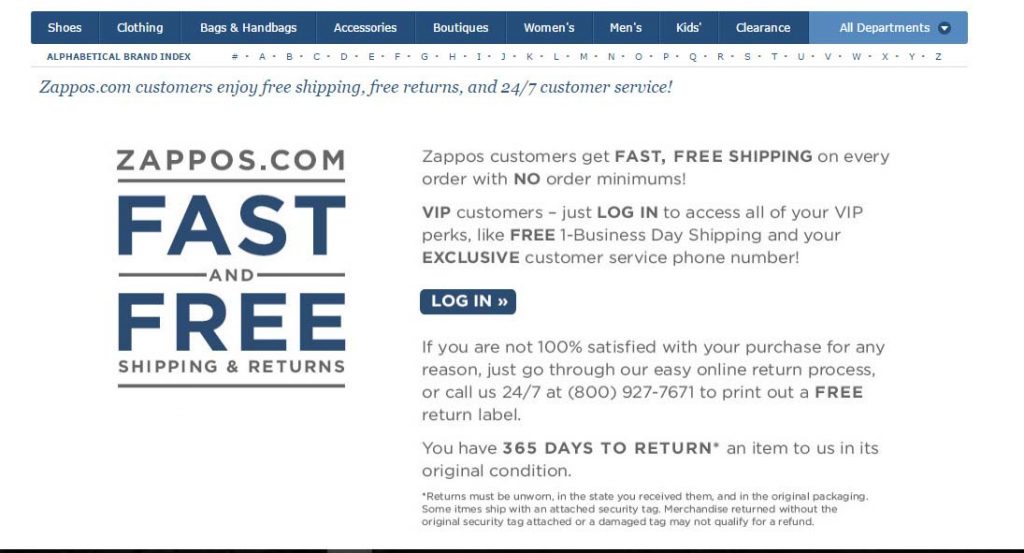
Image Source: GaryHyman.com
As per Entrepreneur.com, a USP (unique selling proposition) is defined as-
The factor or consideration presented by a seller as the reason that one product or service is different from and better than that of the competition.
Putting in simpler words, USP defines why your business is different from others. It defines what your product/service stands for.
Let’s see a unique selling proposition example.
There are tons of e-commerce companies but Zappos stands out for their free delivery/returns, great customer support and friendly nature. As a brand, Zappos USP revolves around free returns and shipping. This addresses the core issue of an online shopper “What if I don’t like the product?”. Free shipping and returns make them believe that they won’t have a hard time if they didn’t like the product.
For an app, this could mean defining-
- What users will get from your app- a new gaming experience, best deals and coupons, interactive learning activities for their kids etc.
- How does your app solve the core problem of your target audience? Does it provide the best fashion deals for millennial women? Narrow down what you precisely stand for and use it in your communication.
- How does your app stand out from the others- is it more interactive than other apps in the same category, is your information refreshed more dynamically, do you have more freemium content than others?
All of this information needs to be presented in your app description, social media channels, landing pages and any other sort of communication.
Here is an example of Vine and how they have clearly defined their USP. It is super easy to understand what it does exactly and how it can add value to your social media experience.
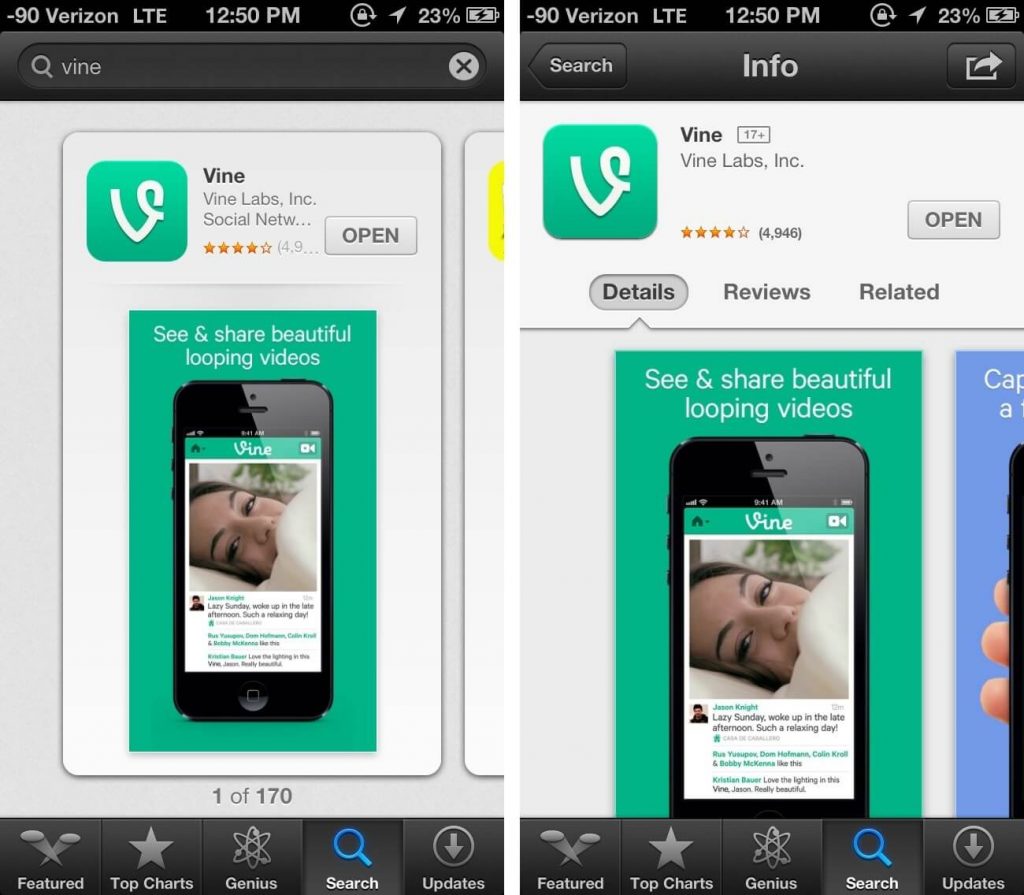
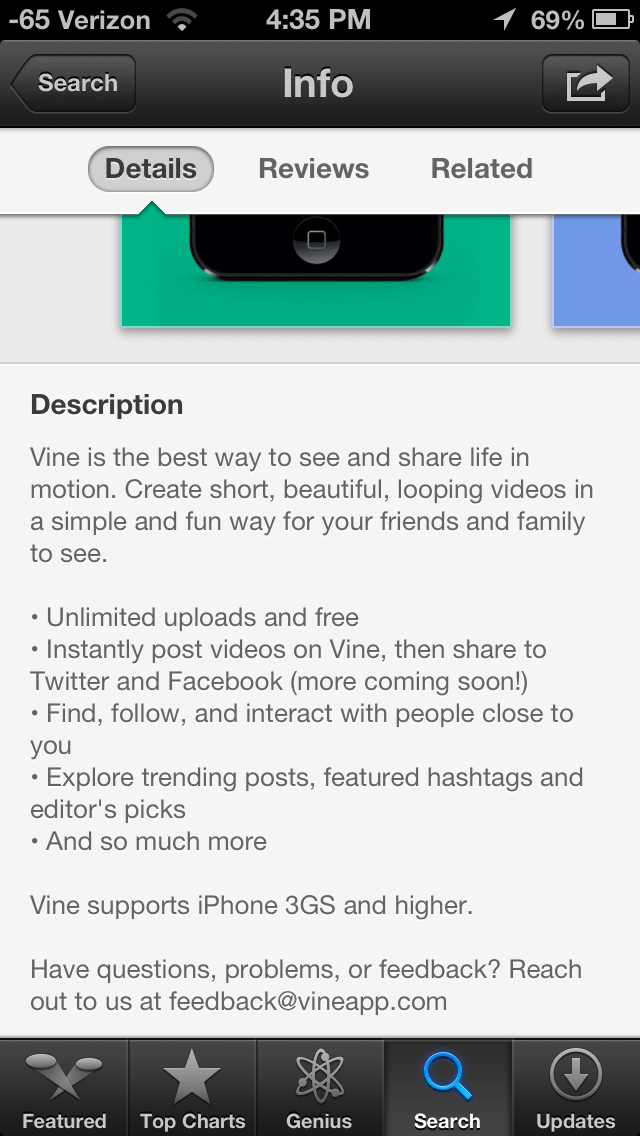
Image Source: Quora.com
# 2 Defining Your Customer Persona
Most app developers/ business owners start without building a buyer persona. This is an important step as it defines exactly who your customer is, and based on the same you can build targeted strategies.
The guys at BufferApp.com have built an amazing buyer persona template which you can use. Here is what it looks like
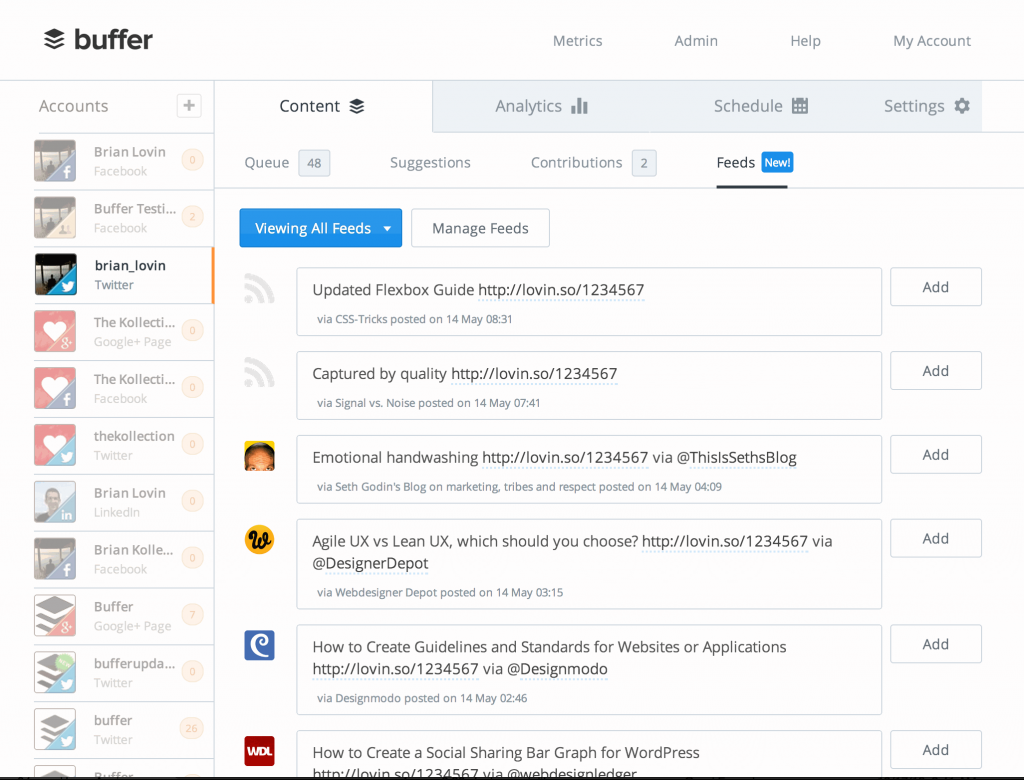
Image Source: BufferApp.com
Let’s take an example where your mobile app serves coupons and deals from clothing and fashion eCommerce stores.
In this case, here is how you can build a marketing persona
- Name and Job Title: Your customers can be men or women. So let’s give them a hypothetical name such as “John Doe” or “Kelly Johnson”. If they are an ideal customer, they probably are tech savvy and use a smartphone. Their job title would most probably be an executive/manager in a medium to large company. Another set could be students above the age of 16 who are studying in an urban or suburban area.
- Demographics – Age and gender: Your target audience consists of the millennial audience. So anywhere between the age of 16 to 35 is your core audience. A stronger focus would be on people above 25 who are earning and can spend regularly on online shopping. In terms of gender, your audience would consist more of females ( as it’s about fashion, clothing and deals)- at-least 70% and less of the male audience.
- Salary and location: As they are looking for deals, the salary range would be an average one. If you are in the US, anything between $30k- $60k a year is your ideal audience.
- Education and family: For students, this would be people pursuing their bachelors or postgraduate degree. For working people, this could be either one of them. When it comes to family, your audience would be ( almost) equally divided into married and unmarried people.
- Goals and challenges: Your target audience is probably a tech-savvy person. They access the internet mostly from their smartphones and have been using apps for multiple reasons. Their daily life challenges involve improving their financial status, managing work and life, keep up with trends in the industry and save money wherever they can.
- Marketing message/elevator pitch: As a core marketing message, your product needs to convince them as to how they can save money every time they shop for clothes. As a part of the USP, you need to convince that how your deals are exclusive and most recent.
Want to take your business to the next level? Enroll for free growth hacking course and become an expert growth marketer. Enroll Now!
#3 Pre-launch And Post Launch Marketing Activities
In a world where launching a product is getting more sophisticated every day, you need to make sure that your marketing begins before your product is launched.
In this section, we would talk about pre-launch marketing activities and things to do after the launch.
Mobile App Pre Launch Marketing Activities
What most developers don’t understand is that marketing starts even before your product is released. Here are some examples of pre-launch marketing activities that you need to invest in
1. Invest time in studying your competition
Understand which categories, keywords and audiences your competition is targeting. It’s best to create a sheet like this to make sure you cover everything that your competitors might be doing.

Image Source: Kissmetrics.com
2. Get your app store optimisation right
Your app store optimisation techniques are going to play a crucial role in driving organic downloads. Some areas you need to invest in include:
- The keywords to be used in the description and name.
- Snapshots and icon which can clearly deliver your USP.
- Avoiding high competition keywords in the beginning as they will take forever to achieve.
Here is one guide to app store optimisation that will cover everything for you.
3. Building an App outreach/PR Campaign
To spread the word about your product launch, you need to make sure it gets eyeballs from the right sources. Here is a process that would help you build a PR plan
- Building a list of journalists and influencers that would be interested in your product.
- Create a press release kit that can be distributed.
- Shortlisting forums and communities where you can talk about the app.
4. Deciding on a release date
Setting a release date for your app can work well. You can generate a sense of curiosity for your app release if people know the date of launch. Some ways that the release date can benefit you include-
- Creating a countdown timer on your website and social media channels.
- Launching a teaser video with the app’s details and launch date.
- Giving incentives to people who signup (to get notified of the release) for better engagement.
Mobile App Post Launch Marketing Activities
Although there is a lot that you can do, focusing on activities that will get you maximum traction should be the core objective.
Some major activities would include:
1. Reach Out To Journalists And Influencers
Free PR is something every startup craves for. However, there needs to be an efficient process to achieve the same. The following steps would help you get to it.
- Use Twitter lists to identify journalists and influencers who would be interested in writing about your app.
- Some influencers might do a paid review while some might be interested in writing about your product because they are intrigued by it and your app might be valuable for their readers/followers.
- Use a list of PR networks to submit the news of your app launch there.
While reaching out to journalists and industry influencers, you need to understand that these guys get a lot of requests every day. Why should they listen to you?
The formula to crack this is
# 1 Understand if the influencer/journalist has written something in the same industry in the past.
# 2 Keep your pitch short and interesting. Don’t write an essay. Just highlight your USP and how your product is different.
# 3 Include a story. At the end of the day, every influencer/blogger/journalist is looking forward to giving a good story to their readers. Why not help them create it? If you don’t have a story of how well your app did in a short period of time, talk about the interesting journey that led to the formation of this app.
2. Focus On User Engagement And Retention
Most app developers end up focusing on user downloads. However, one of the most important metrics is engagement.
Majority of your users would decide whether or not to use your app further in the first week.
Some metrics that you should be monitoring on a regular basis include
- Daily and monthly active users: Understanding the ratio between users and active users is paramount. If you can start working on improving this number, things would look better.
- Retention after 7 days, 15 days, 30 days and later: As mentioned before, most users would decide whether or not to use your app in the first 7 days. Understanding where users drop off, how you can bring them back ( using push notifications, drip emails etc) can prove beneficial for your app.
- Cost of acquisition per user and customer LTV ( lifetime value) are two other metrics you need to consider. If it takes $100 to acquire a new user via ads and the average revenue you make in a year ( per user) is $10, then your business model needs some serious re-shifting.
3. Devise a social media strategy for mobile apps
Almost everyone on the planet will advise you to set up social media pages. However, using the social profiles to your advantage is not something you will get to know easily. Here are some of my guides on how to use Facebook and Twitter marketing for startups.
Remember the customer persona we developed earlier? That’s what will help you here.
Understanding your core audience is crucial. If your app is a product that aggregates deals and coupons from eCommerce websites, and you have narrowed down your target audience as “millennial women who are working in an urban or suburban city”, then the best social media networks to invest in, are Facebook and Instagram.
However, if your audience is that of businessmen who are always on the go, Twitter and LinkedIn should be your core focus for marketing.
Your social media strategy needs to be built on 5 pillars
# 1 Content Development Strategy: This would talk about what kind of content does your audience like. This should be done by doing a thorough competitor research and by using tools like Buzzsumo.com to understand topics that people are interested in when it comes to your niche. This guide talks about how to find the perfect content to post on social media.
#2 Content Sharing Strategy: This would include understanding which social media platforms to use and how often to share the content. While you might want to post on Facebook once a day, Twitter can be used to share content 4 times a day. Here is an infographic that talks about when to post on different social media networks.
#3 Content Engagement Strategy: Most marketers miss out on this. The internet is a vast pool of conversations happening around multiple topics. Finding conversations that talk about your niche and engaging with people is a crucial element for your success. For example, if we talk about our app ( that serves eCommerce deals and coupons), here is how you need to find some conversations across the web and engage with them:
#4 Content Advertising Strategy: If you are not on $0 budget, you will probably try and advertise on social media. Again, the question here is to understand where your target audience hangs out. If we were talking about our example of the eCommerce app which targets millennial women, here is what my targeting for Facebook ads would look like
- Women in the age of 25-35
- Women who are working at junior to mid-level roles like executive, analyst, associate, manager etc.
- Women who have liked pages of competitor apps.
- Women who are in urban or suburban areas.
- Women whose salary is between $30k to $60k per year
# 5 Content Analytics/Optimisation Strategy: Marketing and optimisation go hand in hand. The first step here is to identify your KPI’s like
- Downloads
- Active users
- Cost per acquisition
- Best and worst channels
- The retention rate of different channels
You need to sit with your team on a weekly basis and evaluate all the KPI’s above. Based on the above, you need to take a data-driven decision to understand what works and what doesn’t.
4. Set a mobile app referral marketing process in place
Some of the most successful business models work because they understand the value of word of mouth marketing. A happy customer/user would not mind telling about your app to his friends and peers if you offer him an incentive or simply ask for a favour.
The way and timing of asking are of the essence here. We compiled a comprehensive referral marketing guide that applies to every business.
However, let’s talk about your app here. In order to build a successful referral program, you need to
- Segment people who qualify for a referral: Monitoring your KPI’s to understand what an “active user” means to you is the best method to do so. Once you can quantify that people following a certain pattern ( using the app every day, making purchases every month etc) can be segmented as an “active audience”, you need to start asking them for referrals.
- Ask them, but don’t annoy them: A lot of apps end up annoying people to ask them for a favour again and again. Using push notifications and emails, you need to ask people politely for a referral and if they say no, you need to either stop asking or wait for a considerable period of time before you ask again
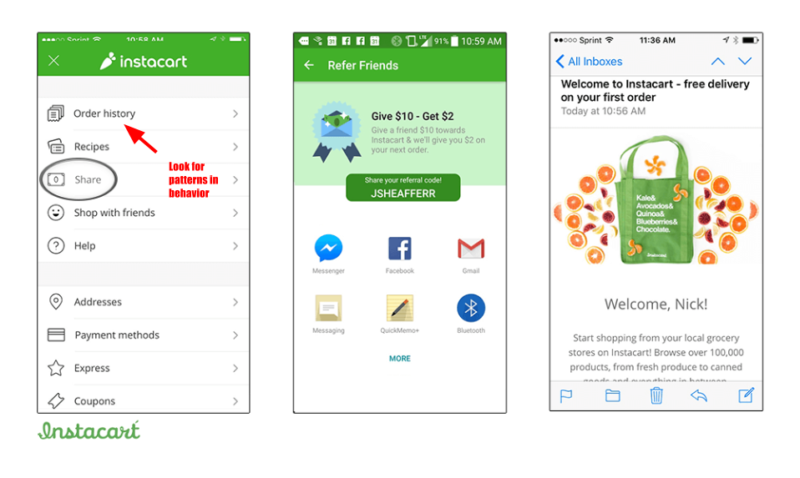
Image Source: business2community.com
- Make the referral process easy: Once someone has opted in to invite their friend, make sure the process is easy and appealing. For example, inviting by using Facebook, phone number or email ID is some of the best ways to get started with. Also, if you can give an incentive to your users for bringing in a referral, there’s nothing better than that. Offering a coupon, unlocking a level in a game or increasing your user’s game level are good ways to get started.
In A Nutshell
On a concluding note, I’d like to mention that understanding what your app stands for, knowing who your target audience is and deploying strategies which include the same can help you gain a successful level of traction.
The way forward from there is constant optimisation and better product features/experience as you grow.

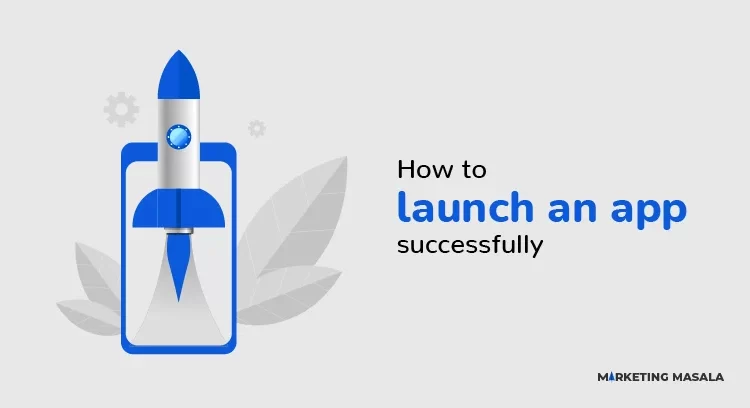
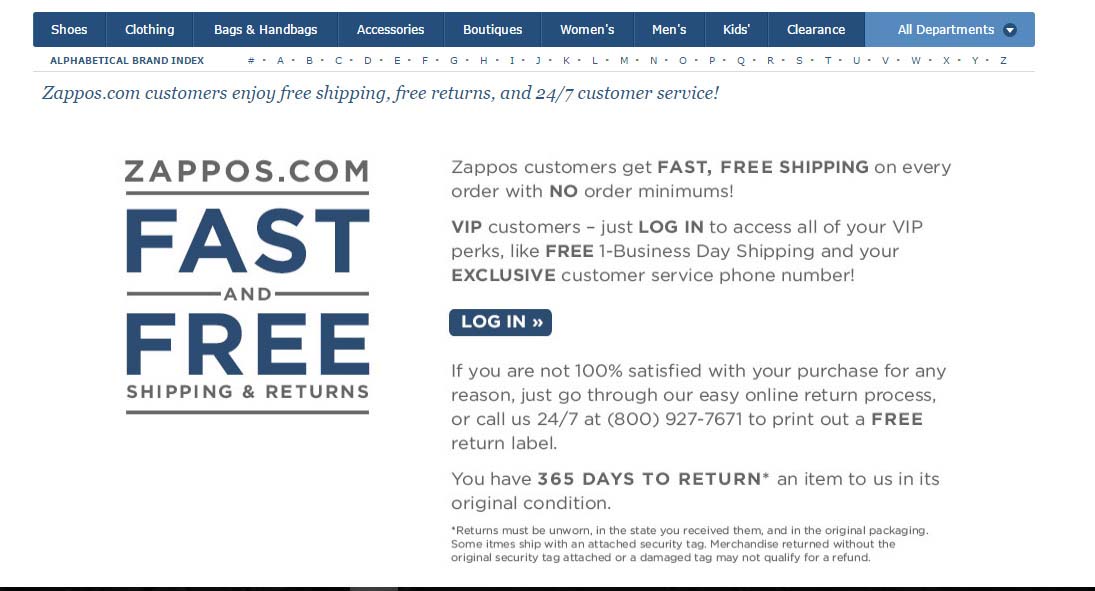

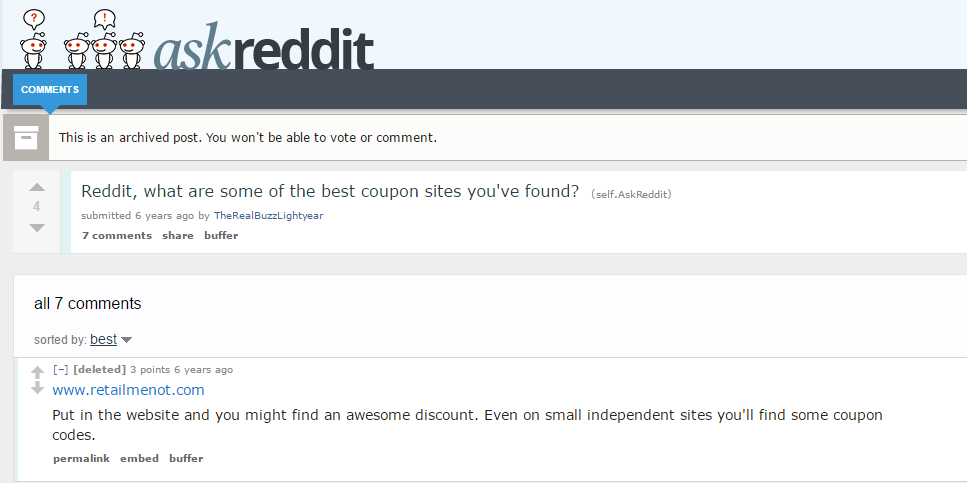
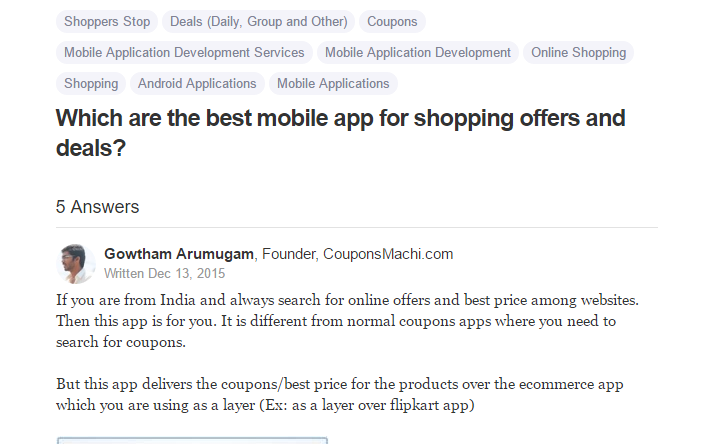

Write a Comment